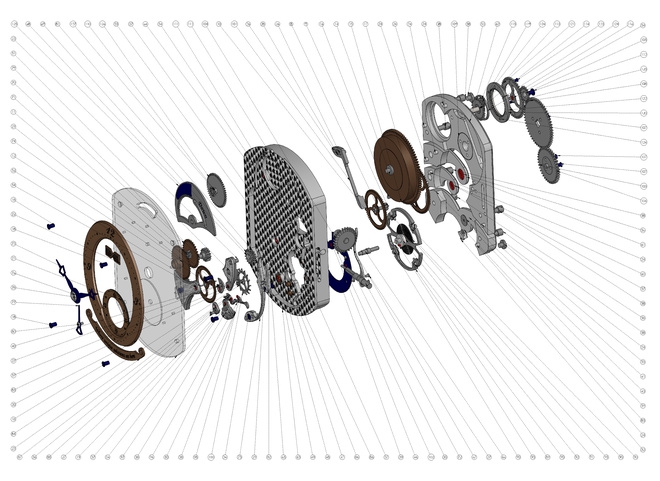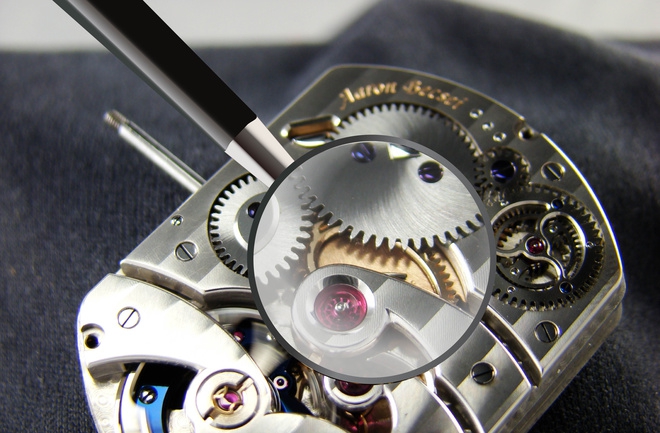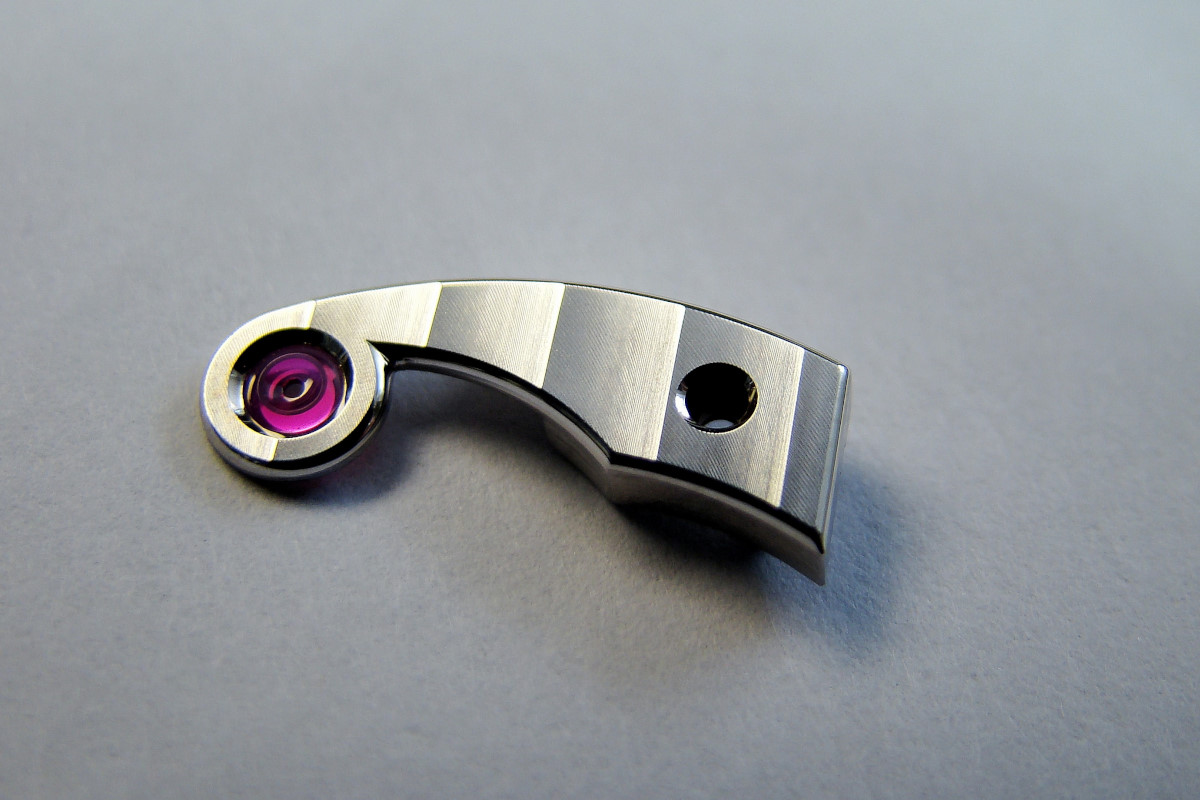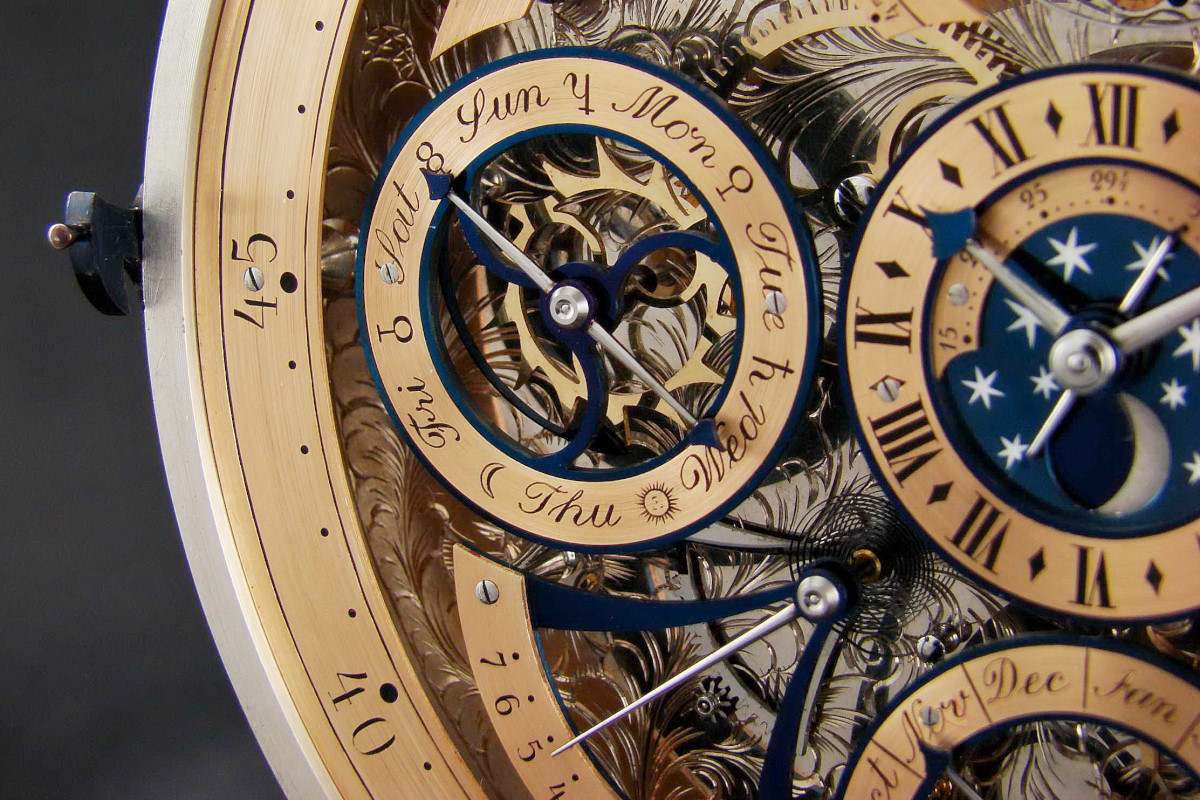Aaron Becsei is an independent watchmaker, and member of Académie Horlogére des Créaturs Indépendants. He guides me with the experts’ knowledge through the secrets of fine watchmaking. In the series of Uncomplicate Complications we discover the seeds of uniqueness, art and value in a timepiece.
The movement is the heart of the watch, like the engine in cars. Just as in the automotive industry, some companies build their own engines, while others equip their vehicles with foreign parts. Developing such components requires a wealth of expertise, and resources from time to people and of course, money. Therefore, in most cases it is more economical to buy parts from specialists that produce in high quantities and build them into your models.
There’s a price threshold for the final product under which it is simply not cost-effective to create your own parts. As Thomas Morf, CEO of Carl F. Bucherer phrased it in 2010: “If you try to make a watch between US$1,000 and US$5,000 using an in-house movement, you are an idiot.” Therefore, movement specialists, such as the Swatch Group member ETA, or their smaller counterparts in the valleys of Jura deliver movements exclusively in decent quantities. Of course, the downside is that it reduces the freedom of the watchmaker to a great extent and you are exposed to their bandwidth and willingness to deliver as well.
Now the next question is: would you buy a top category car equipped with a foreign engine?
It is generally accepted that to move to the next level of valuable timepieces, you have to master creating the movements too. Watches completely in-house represent the peak of watch making.
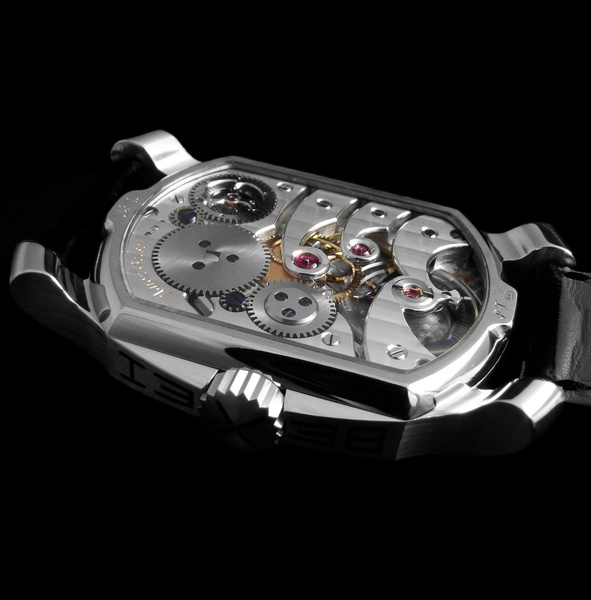
Aaron is one of the few watchmakers who makes all parts himself from designing to manufacturing: including the bridges, wheels, screws, dials, hands, case and bezels, the crown and the buckle too at the highest quality standards. Designing a new movement always starts at the functions and complications Aaron would like to have in the movement. Then he creates the whole system around those main features by designing where and how to indicate the functions on the dial. At the end it is a big challenge to place the imagined movement into an optimal case in a wristwatch size.
Creation of in-house movements is a big investment in terms of both capital and expertise. Even most of the big houses cannot afford using in-house movements or offer them only in their top watches, as it costs millions to design, manufacture, test, and bring to market. For Aaron it takes years to develop a new movement and then another several months to manufacture it perfectly. But at the same time creating his movements gives him freedom to realize his vision and his horological universe.
The articles of the series:
Uncomplicate complications – Entrée
Uncomplicate complications – Movements
Uncomplicate complications – Anglage
Uncomplicate complications – Geneva stripes
Uncomplicate complications – Finishing #1
Uncomplicate complications – Finishing #2
Uncomplicate complications – Tourbillon
Uncomplicate complications – Perpetual calendar
Uncomplicate complications – Power reserve indicator
Photo credits: Bexei.
All registered trademarks are property of their respective owners.
All rights reserved.


